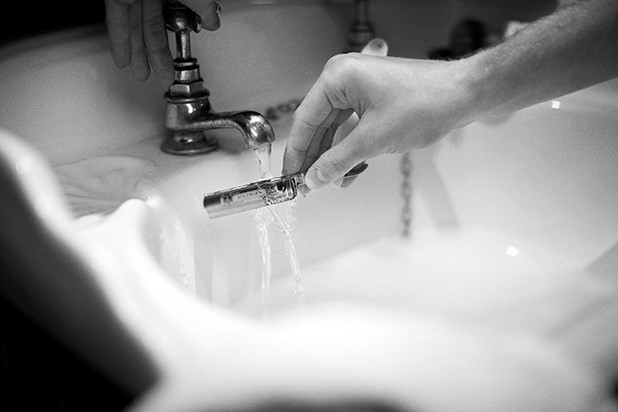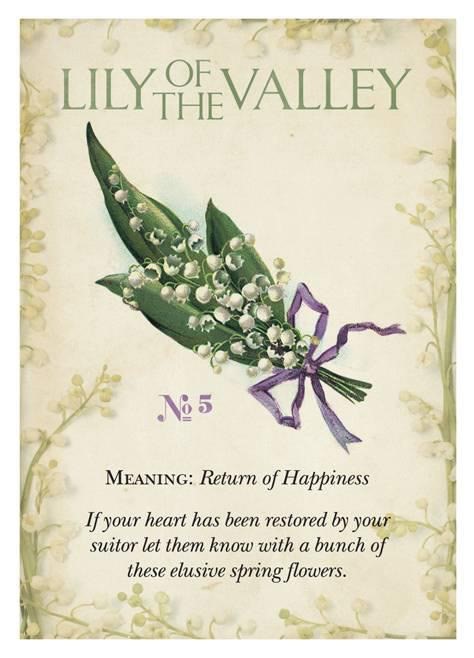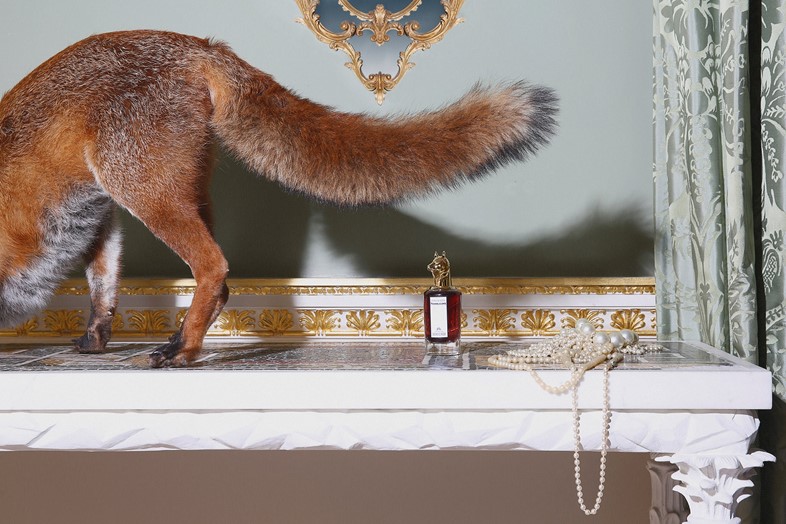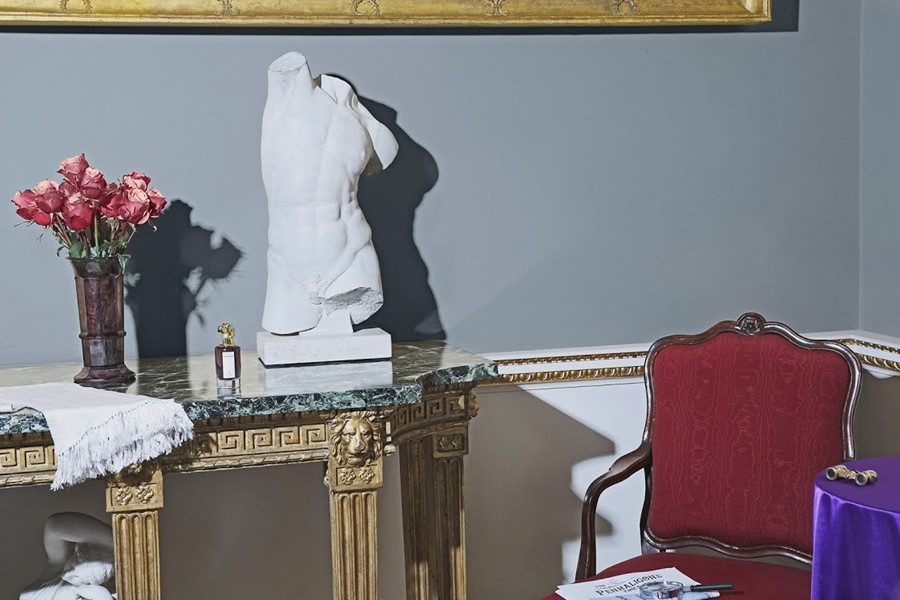The 146-year-old British perfume house's dedicated print publication could teach us a thing or two about life and luxury. Here we extract five valuable lessons from its pages
Elegant, timeless brands necessitate elegant, timeless reading material, and The Penhaligon’s Times – the broadsheet newspaper created to inspire, influence and educate dedicated followers of the 146-year-old luxury British perfume house – is nothing if not elevated. Now three editions in, the printed artefact offers everything from detailed insights into the ideas behind the house's legendary scents, to tips on how best to treat your candles, say, or how to have the perfect bath – offered alongside a dreamy balance of exquisite photographs, illustrations and the odd swirling calligraphic serif.
As the third edition of the Times lands in stores London-wide to celebrate the launch of the brand’s new Portraits line, we present five lessons one might learn from its pages – from the forgotten secrets of floriography, to the advantages of playing pretend.

1. Inspiration comes from unexpected places
Having arrived in London from Cornwall in the late 1860s with the intention of making his fortune in the city, a young William Penhaligon began working as a barber in Jermyn Street, next to the area’s Turkish hammam. The powerful scent of oils wafting down the road towards his station from the baths were to have a life-altering impact on the young entrepreneur; by 1872, they had inspired him to create his very first fragrance, Hammam Bouquet. Just two years later, he set up his first store on the very same street, selling perfumes and toiletries, and within 30 years had established himself as one of the city’s foremost perfumers – a role which culminated in an appointment as Court Barber and Perfumer to Queen Victoria. What’s more, the Turkish influence upon his namesake brand continues: last year it launched Halfeti, an opulent woody, floral fragrance inspired by the small Turkish village from which it takes its name, where mysterious black roses grow on the banks of the Euphrates river and trade deals send stories of its treasures worldwide.

2. There is joy to be found in daily rituals
Its founder being a barber by trade, Penhaligon’s has always maintained an unwavering focus on the luxury and elegance that is to be found in daily routines which might otherwise be treated as a chore. Take the process of shaving, for example, one many men abhor – yet, with a little guidance and the right products, it is transformed into an opulent act. The Penhaligon’s Times decodes the secrets to a successful shave with a joyous attention to detail: from exfoliating beforehand and using a lavish badger-hair brush to lather up a generous foam, to applying one’s shaving cream to the neck first, the chin and upper lip second, and finally the sides of the face, and shave in the opposite order, allowing the toughest bristles adequate time to soften. As for products, we recommend Bayolea, a dedicated gentlemen's grooming range which makes for an excellent gift (and is ideal to repurpose for your legs).

3. Flowers mean more than meets the eye
Nowadays flowers are often little more than an aesthetic and fragrant treat, but in days of yore they were laden with secret meaning, and thus used to communicate secret messages. From the type of flower used in an arrangement, to the way that a bouquet was tied, floriography caused an enormous surge in trade for florists of the age, The Penhaligon's Times explains. "Today the nuances are mostly forgotten," it writes, "but red roses still imply passionate, romantic love while white roses suggest virtue and chastity." In one particularly poignant example of floriography, Lily of the Valley "secretly conveyed the return of one's happiness" – an idea gift to a kind friend, whether in literal or scented form.

4. There is a right way to look after your candles
Penhaligon's is world-famous for its indulgent scented candles, so when it comes to picking up tips on how best to look after your own, The Times is a valuable source of information. A few here: ensure you burn a new candle for at least two hours the first time you light it, as this ensures that the wax burns evenly. Re-centre the wick while the wax is still soft, and keep it trimmed to five millimetres to allow it burn cleanly. Best of all: if your house is warm, you can get more from a candle by placing it in the freezer for an hour before lighting.

5. A little make-believe goes a long way
If ever a perfume house lent itself to hosting a distinctly British murder mystery, Penhaligon’s does – making its new Portraits collection, which models four highly individual fragrances on four characters from an invented (and yet curiously recognisable) crime tale something of a natural progression for the brand. “What are the secrets of the British aristocracy?” its imaginary narrator asks. “Are they as well behaved, courteous and polite as they seem to be?”
Softly treading the narrow boundary between establishment, humour and provocation, the scents thus fall into four distinct characters, each glass bottle topped with a gilded animal head to complete the game. There is Lord George, a rich, heady blend of brandy, shaving soap and Tonka bean, modelled on the spirit of a wealthy and respected nobleman with a few secrets of his own; and The Duke, an eccentric and unusual blend of peppery rose, gin and leathery wood, “a floral yet masculine woody fragrance,” Penhaligon’s writes. “Fancy that.” The female characters are decidedly girlish: Duchess Rose, for example, is an escaped noblewoman disillusioned by love who is endlessly on the lookout for fun in affairs (read – mandarin head notes, rose heart notes, and a musky wood base). Meanwhile, Lady Blanche, a green floral narcotic, is represented by an ambitious society darling who will stop at nothing to climb to the top. Regardless of which you choose to wear, this is olfactory fiction at its finest.
